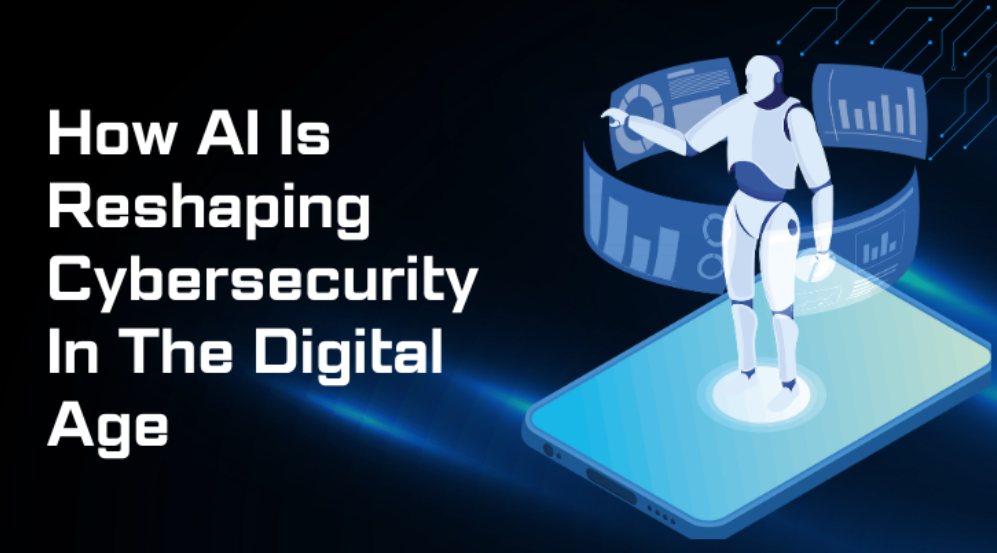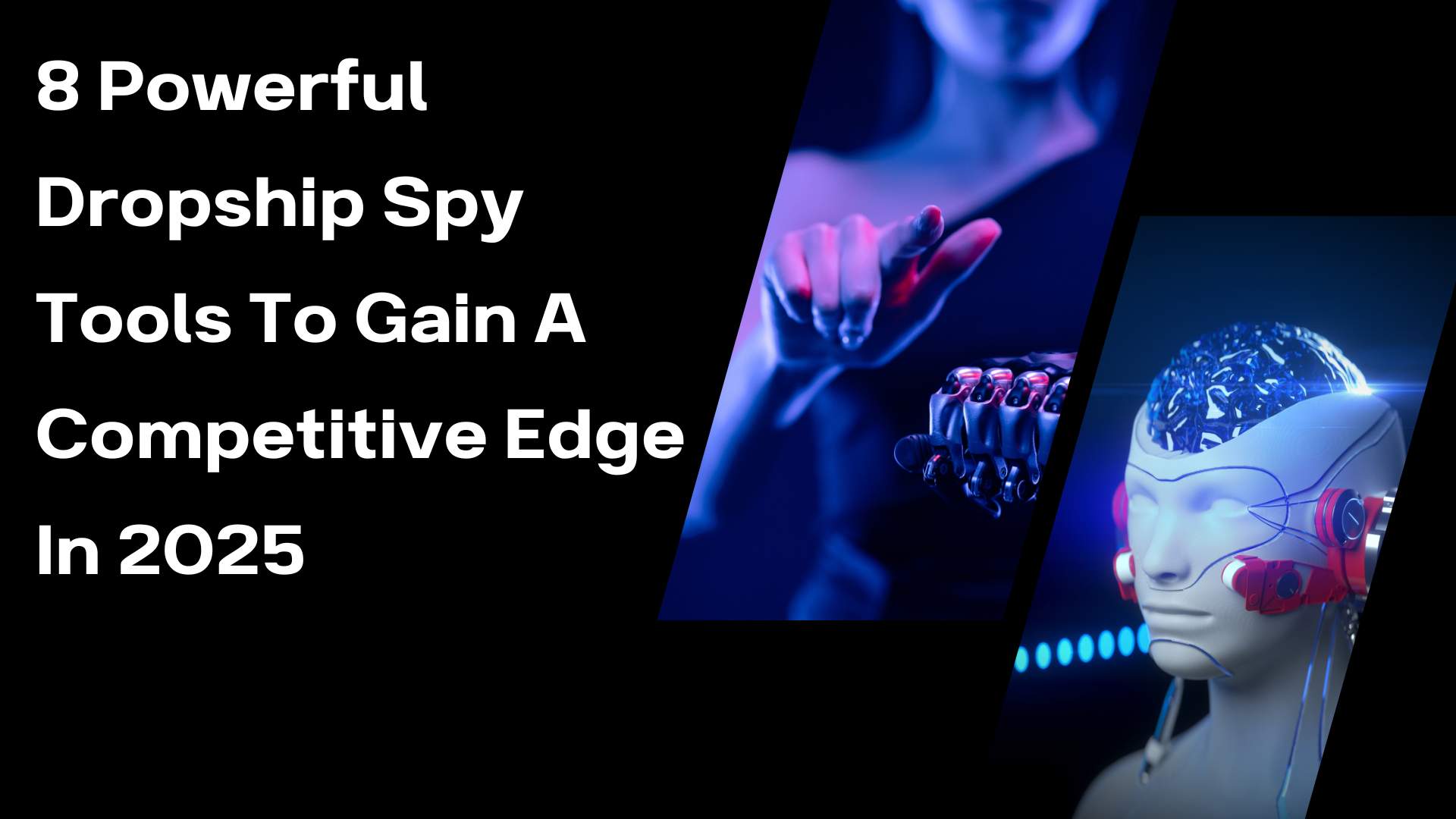The landscape of math education is undergoing a profound transformation, driven by rapid advancements in technology. Gone are the days when textbooks and chalkboards were the primary tools for teaching math. Today, a synergy of innovative tech solutions promises to revolutionize how math is taught and comprehended.
Drawing upon recent studies and expert insights, this article delves into the six pivotal technological trends poised to redefine math pedagogy. Each trend, backed by real-world applications, presents a glimpse into the future, underscoring the enormous potential these innovations hold.
For educators, students, and all passionate about math education, these trends not only signify opportunities but also a call to action. It's an exciting era, with technology propelling us towards a brighter, more effective, and engaging educational horizon.
Adaptive Learning Platforms
Adaptive Learning Platforms stand at the forefront of educational technology's promise. These platforms, underpinned by sophisticated algorithms, dynamically tailor math content to individual student needs, enhancing both the teaching and learning experience.
A prime example is DreamBox, a platform that offers math lessons tailored to students' abilities, adjusting in real-time based on their performance. Another notable platform is Knewton, which utilizes data to provide personalized math content, ensuring optimal progression for every learner.
As these platforms continue to evolve, their potential to individualize math education becomes even more pronounced. By offering a custom-tailored learning journey, students and educators alike can look forward to a more efficient and rewarding math education future.
Augmented Reality (AR) in Math Visualization
The transformative power of Augmented Reality (AR) is making waves in math education. By superimposing digital information onto the physical world, AR provides students with an immersive experience, turning abstract math concepts into tangible visualizations.
For instance, GeoGebra AR allows learners to observe geometric constructs and graphs in 3D space, granting them a deeper and more intuitive grasp of the subject. This interactive layer of comprehension, where numbers and formulas are brought to life, represents the next leap in educational technology.
As AR tools grow in sophistication and accessibility, they hold the potential to revolutionize how mathematical concepts are presented and understood, bridging the gap between abstract theory and real-world application.
Artificial Intelligence-Powered Tutors
In the era of digital transformation, Artificial Intelligence (AI) has carved out a niche in education, giving rise to AI-powered tutors. These sophisticated systems offer an experience reminiscent of having personalized math tutors Miami, but with the added advantage of scalability and constant availability.
These tutors, driven by AI algorithms, understand students' unique learning curves, offering them targeted lessons and immediate feedback. Instead of a one-size-fits-all approach, learners are now privy to an education tailored to their specific needs.
As AI continues its forward march, the future beckons with the allure of every student having their own digital mentor, ensuring no learner is left behind.
Gamification of Math Education
The Gamification of Math Education is a trend gaining traction, transforming the way students engage with mathematical concepts. By incorporating game elements into learning, educators are able to stimulate interest, motivation, and active participation among learners.
Research has shown the positive impacts of gamified learning experiences. Students not only achieve higher retention rates but also foster a genuine passion for the subject. As technology continues to evolve, the potential for creating even more immersive and interactive math games is on the horizon.
Blockchain in Educational Credentials
Blockchain, a decentralized ledger technology, is poised to revolutionize the authentication of educational credentials. With the ability to securely record, verify, and share academic achievements, the integrity of diplomas, certificates, and other accolades is significantly bolstered.
In the context of math education, consider the scenario where a student's progression through advanced courses, problem-solving competencies, and mathematical research can be immutably logged on a blockchain. This not only offers educators a transparent view of a learner's journey but also provides students with a verifiable record of their achievements, accessible anytime and from anywhere.
Embracing blockchain offers a promising avenue to uphold the credibility and value of educational milestones.
Virtual Reality (VR) Math Labs
Virtual Reality (VR) Math Labs are reshaping the learning landscape by offering immersive environments where mathematical concepts come to life. Imagine a student, rather than merely studying a two-dimensional graph on paper, being able to step inside a three-dimensional graph in VR, observing and interacting with data points in real-time.
This hands-on approach facilitates deeper comprehension, turning abstract theories into tangible experiences. For instance, geometry students can navigate complex shapes, exploring vertices, edges, and planes from the inside out. Predictions indicate that as VR technology becomes more sophisticated, these virtual labs will only grow in their depth, interactivity, and realism.
Harnessing the power of VR in math education is set to elevate both teaching and learning to unprecedented levels.
Wrapping Up
In closing, the evolving technological landscape offers boundless potential for the future of math education. From adaptive learning platforms ensuring tailored experiences to the enthralling possibilities of Virtual Reality Math Labs, the horizon for math learning has never seemed brighter.
As noted mathematician Dr. Helena Rosenthal observes, "In the confluence of technology and education, we discover not just better ways to teach, but transformative ways to learn."
For educators and students alike, the key will be to remain adaptable and receptive, capitalizing on these innovations. As we move forward, it becomes evident: technology isn't just shaping how we teach mathematics—it's revolutionizing how we understand it.

















Post Comments